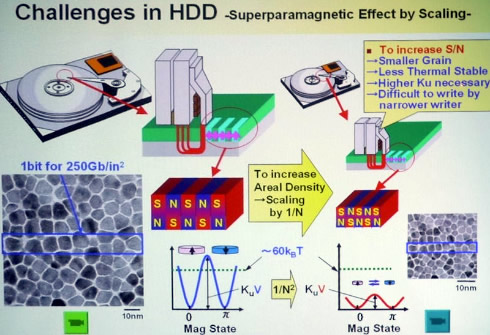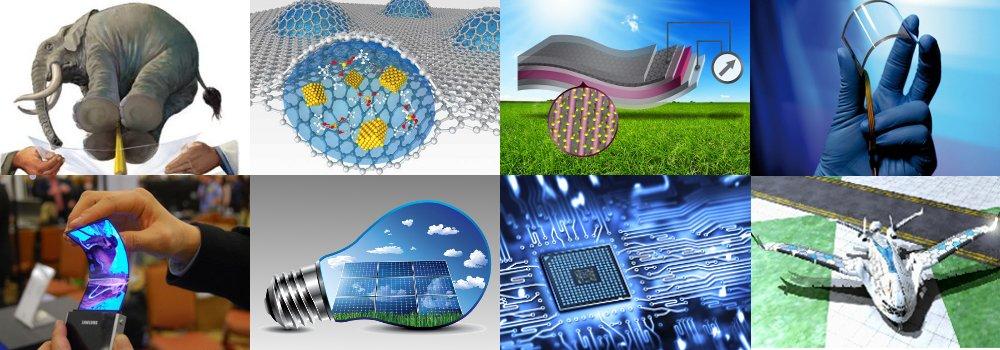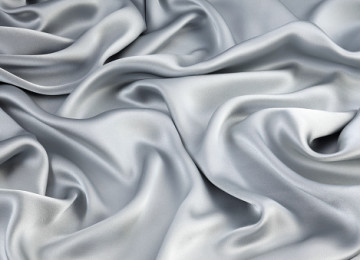Graphene improves capacity and performance to computer hard drives

Graphene improves capacity and performance to computer hard drives
Researchers at A*STAR (The Agency for Science, Technology and Research) have found that graphene could be helpful in improving the performance of computer hard drives.
Hard drives store data by using magnetic fields to change the properties of a small section of a magnetically sensitive material. Decreasing the size of this section increases the drive’s capacity but also increases the size of the magnetic field required for switching. Furthermore, the minimum size of the magnetic field is limited by an effect known as superparamagnetism, in which the magnetic properties at the nanometer-scale can spontaneously change, losing any stored information.
HAMR (heat-assisted magnetic recording) is a method that uses a laser beam to heat the storage medium to a temperature at which the magnetic field strength required for writing is lower and superparamagnetism is less prevalent.
One approach to circumvent these problems is heat-assisted magnetic recording (HAMR). This method uses a laser beam to heat the storage medium to a temperature at which the magnetic field strength required for writing is lower and superparamagnetism is less prevalent.
A drawback of HAMR is that the heating can also damage the protective overcoat layer that surrounds the magnetic film. This coating should be as thin as possible to allow the magnetic writing head to get close to the film, but thinner layers are more susceptible to temperature changes.
As a possible solution, Shengkai Yu and his colleagues Peng Yu and Weidong Zhou from the A*STAR Data Storage Institute theoretically investigated the thermal performance of graphene; the world’s thinnest material.
The researchers studied the heat flow induced by red laser light at different depths in a multilayer HAMR device made of graphene about 0.335 nanometers thick on 12 nanometers of iron platinum, a magnetic material that naturally forms into nanoscale grains. Beneath these materials, their model included layers of titanium nitride, chromium ruthenium and tantalum all on a glass substrate.

Graphene improves capacity and performance HDD
“Our simulation studies show that the graphene overcoat lowers the temperature increase in the multilayered structure compared to diamond-like carbon, which is a more commonly used overcoat material. This is not good for HAMR applications because it means more laser power is needed to heat the media,” says Yu. “However, the resistance between the graphene overcoat layer and the layer beneath may increase the temperature between the layers, but the thermal conductivity of the graphene can reduce the local temperature rise in the overcoat layer and thus avoid overheating.”
The next step for the team is to study the benefits of graphene for other magnetic memory materials.























